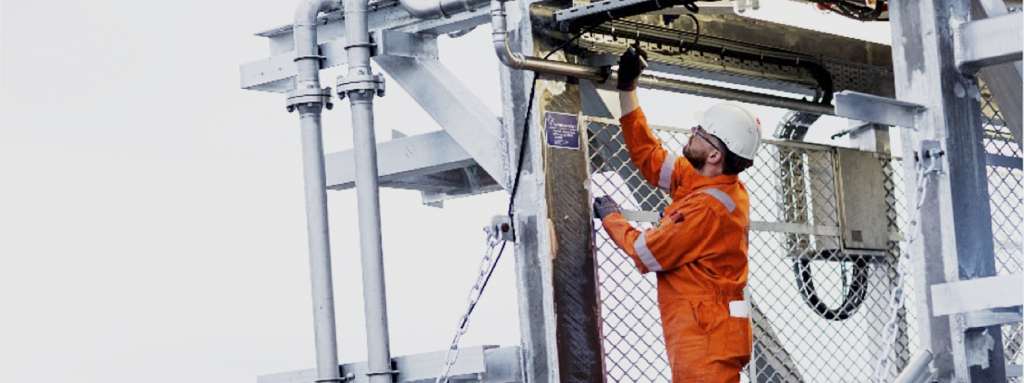
Range of application:
Welding inspection and monitoring
Principle of measurement:
Visual testing is perhaps the most important method within NDT. The method is primarily used in connection with localisation of faults and defects on both small objects and large structures, and it is suited for both new installations and facilities that have been operative for many years.
A distinction is often made between near and remote visual control. Near visual control requires eye contact with the object, and sufficient light. Remote visual control typically requires optical aids, such as video and boroscopy.
Detects:
• Large and minor defects breaking the surface
• Faults and defects caused by degradation mechanisms
• Deformations
• Fault and defects in joints
• Leakages
• General faults and defects of production
Advantages:
• Cost effective
• Immediate inspection result
• Portable auxiliary equipment
Limitations:
• Accessibility to inspection area
• Normally limited to searches for faults and defects below the surface
• Requires training and experience to give reliable results
• Condition of surface
• Cleaning process
• Reference standards required to assess result

